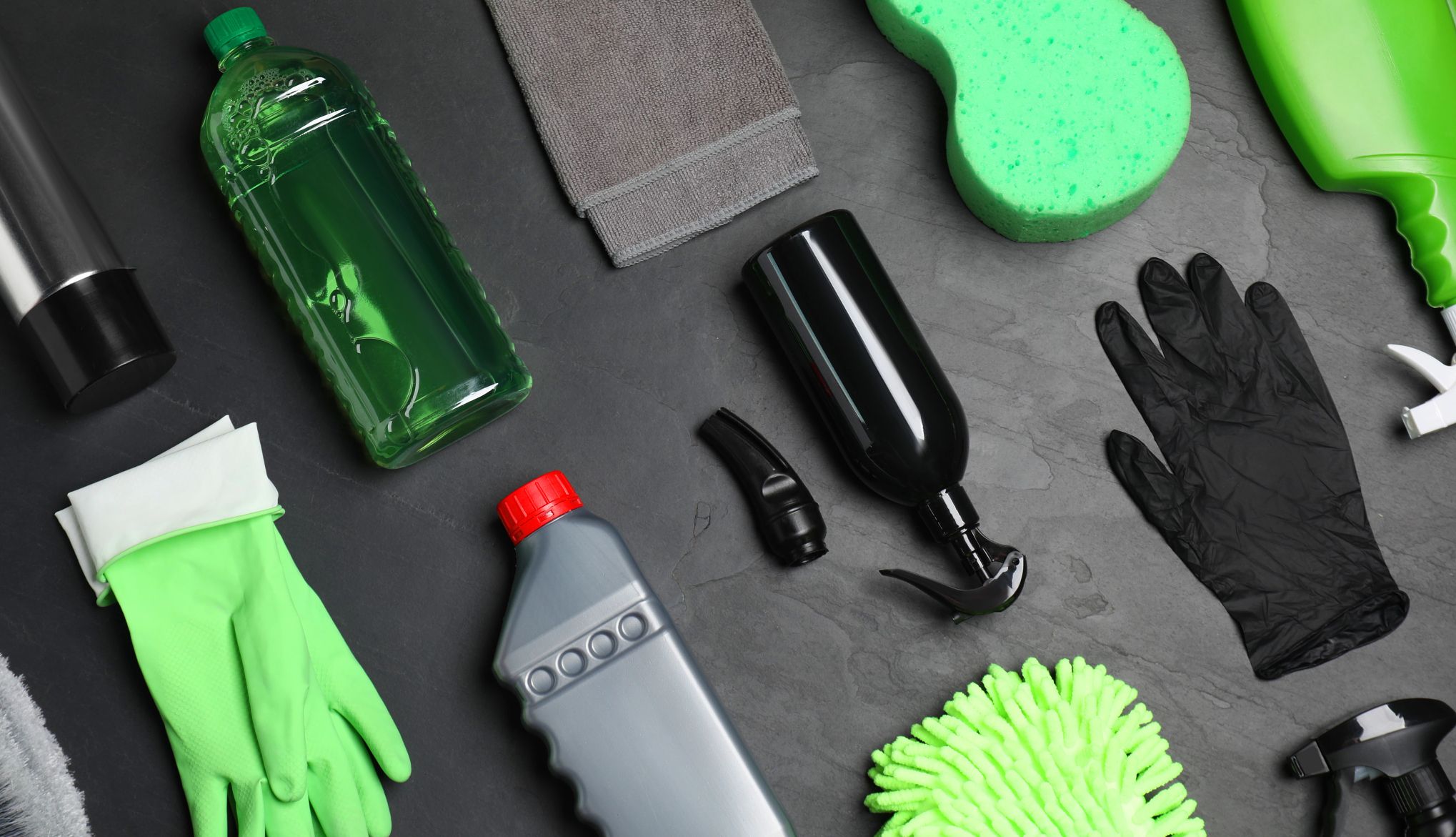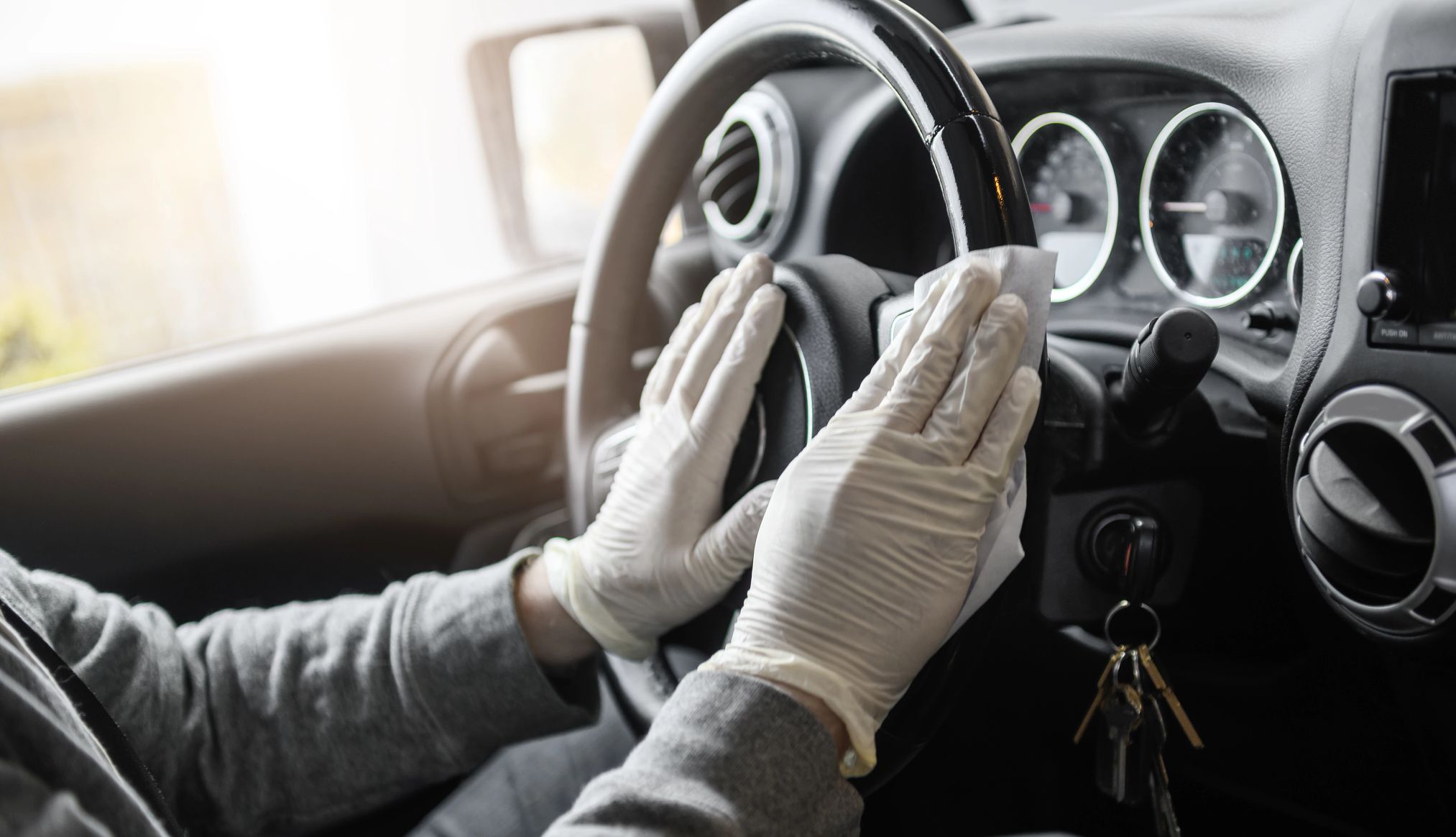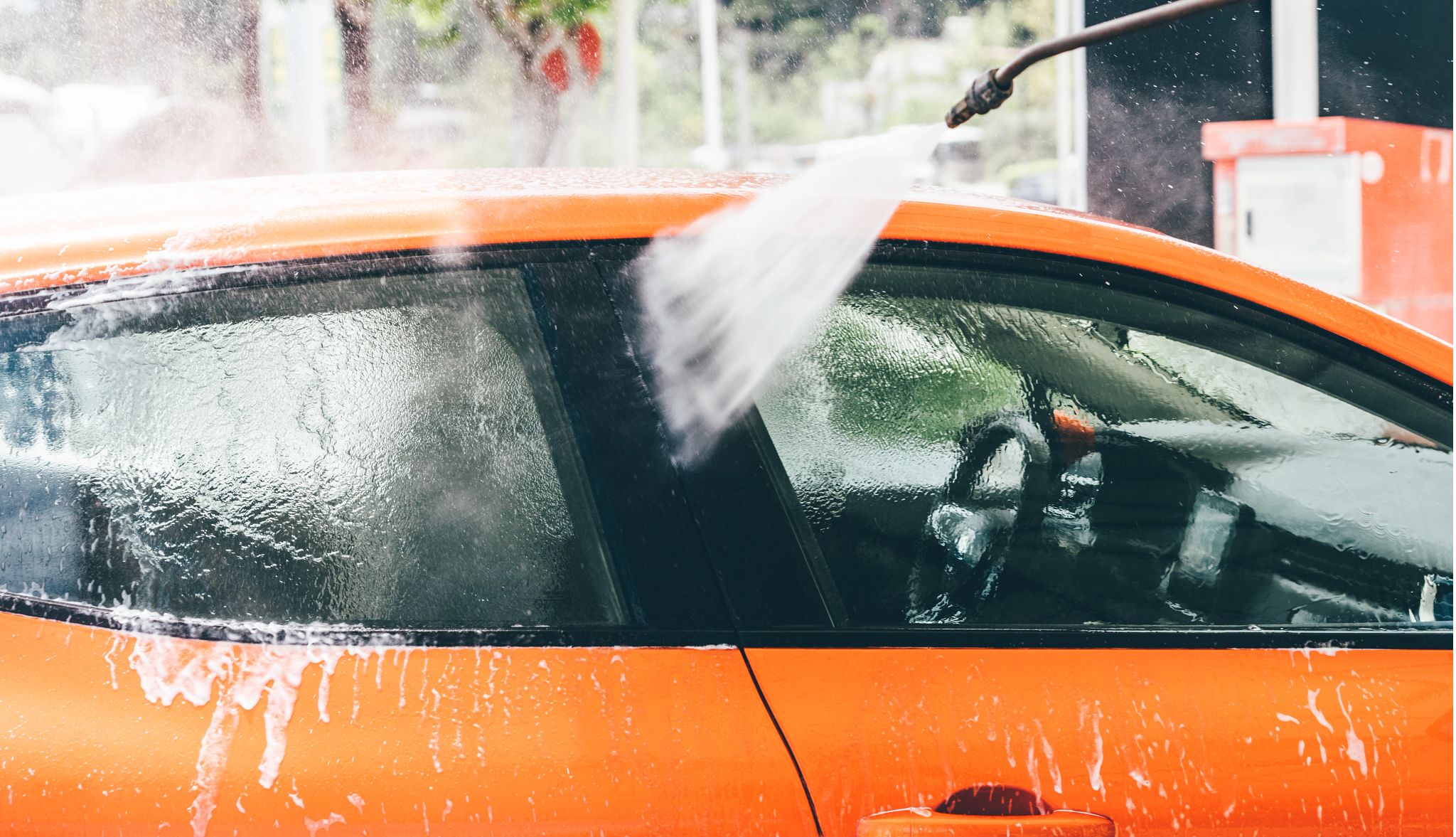AARP Hearing Center


In this story
We Americans love our cars, but with busy schedules hauling around groceries, kids and pets, they can be a challenge to keep tidy. Here, we provide tips from industry professionals on how to best clean your vehicle’s interior, exterior, storage and under-hood systems, plus advice on protecting these areas from filth and corrosion. Hopefully, our smart guide will help you clean your car like a dream — and keep it shining for miles to come!


THE BASICS
1. Maintenance matters
Keeping your car clean isn’t simply a matter of aesthetics, it’s also a requisite component of a regular maintenance schedule. “If you actually look it up in your owner’s manual, they tell you that you need to do it,” says Larry Kosilla, founder of Ammo Auto Care and star of the popular YouTube car detailing channel Ammo NYC. According to Kosilla, this includes protecting the paint and body from corrosion, and maintaining drainage tubes on the car’s exterior that prevent water from backing up and entering the car or causing damage elsewhere in the vehicle’s systems. “Just like in your house, you have drainage from your gutters, but if the drains are clogged, it either goes back up into the roof or it goes down the wall,” he says. Kosilla recommends cleaning your car every other week and giving it a full detailing at least twice a year.
2. Curate a cleaning kit
It makes sense to invest in the proper tools, such as “a little cheap electric pressure washer, some buckets and brushes, some good microfiber towels,” says Jessica Tran, owner of Studio 94, a car care shop in Southern California, who posts car detailing content to social media where she has a following of more than 1.7 million. “You should really get good tools for about 200 bucks, and that should last you 20 of your own washes,” she says. You can read up on the best products for the job from a reputable tester such as Car and Driver, Wirecutter or Good Housekeeping. Some products may work in your home and your car, says Carolyn Forté, executive director of the Home Care and Cleaning Lab at the Good Housekeeping Institute, which oversees product testing for the magazine. Forté says surfaces in your car may be exposed to greater extremes of heat and cold than similar materials in your home. If your car lives outside, some materials can freeze in the cold and bake in the hot sun. “We look at regular cleaning products in terms of how easy it might be to use in the car,” Forté says. “But remember, you may need products specifically tailored to a car because they do at many times provide advantages like UV protection and other ingredients to help guard against fading or cracking or drying out of different car materials.”
3. Microfiber is best
Wash mitts, sponges and chamois cloths may have been standard equipment in your car wash kit. Now is the time to ditch them. “Sponges hold a whole lot of dirt. And people aren't really throwing sponges into the washing machine. They’re kind of just leaving them in the bucket and waiting for the next wash,” Tran says. “And in that time, it’s accumulating a lot of dust sitting there or it’s picked up dust from the previous wash. And because it’s a flat surface, the dirt will sit on the surface of the sponge, and the next time you wash your car, it’ll end up scratching it. Same thing for the chamois.”
Instead of sponges, mitts and chamois, it is best to use quality microfiber towels. And buy them in large quantities, because you’ll need quite a few for each wash. “Microfiber is the safer choice because all the dirt can be entrapped within the long fibers of the microfiber” and lifted away from your paint or other scratchable surfaces, Tran says. “And then microfiber is also machine-washable, so you can get rid of all the previous wash residue before you start on the next one.” Detailer’s Preference is a great quality pick. Amazon Basics is a great budget pick. Mequiar’s is right in the middle.
4. Color-code your towels
For professional results, Kosilla recommends separating your microfiber towels so certain towels get used for certain jobs, preventing the towels that touch the dirtiest places low on the car — the wheels, the inside of the doorjambs — from ever touching easily damaged surfaces such as the paint or the interior. Kosilla uses lighter towels for more sensitive areas, and darker ones for the filthier regions. “You really want to separate them,” he says.
5. Keep clean in dirty weather
Most people wash their car when the weather is pleasant. But your car actually gets dirtier on days when it is rainy or snowy or icy, because driving throws up muck or salt from the roads, and even seemingly pure rainwater picks up and deposits debris from the atmosphere. “The irony is, the time you should be washing more regularly is in wintertime, and people don't do that,” Kosilla says.
6. Protect yourself
If you use chemical cleansers, make sure your skin and vulnerable areas are covered. Kosilla recommends wearing nitrile chemical resistant gloves, protective eyewear and a hat to keep hair out of the cleaning process.


CLEANING THE INTERIOR
7. Focus on touch points
It makes sense that the places you touch most frequently are going to be the dirtiest places in your car. Your steering wheel, transmission shifter and door handles can be as germy as a public toilet seat, or even more so. It’s important to clean these places thoroughly.
8. Start smart
Though people have a tendency to wash the outside of their vehicle first, it may not be the best place to start. “If you do the outside first, you’re going to have a muddy area around the car, and you’re going to track all of that into the inside of the car,” when you clean it, Tran says. If you wait to do the inside until you’ve cleaned the exterior, you also run the risk of introducing dust from the floor or floor mats to the just-cleaned exterior of the car.
9. Get the full picture
Start by surveying the interior and prepping it for a deep clean by taking everything out of the car. “Open up the front and back doors and the hatch,” Kosilla says. “While you’re doing it, you’re assessing the interior, looking at everything you’re pulling out.” He suggests you “have a garbage can nearby” to toss trash and other items. This is also the time to remove the floor mats and take them some distance away to wash them without splashing back on the car’s interior or exterior.
10. Check under the seats
According to Kosilla, the hidden areas of your car’s interior are likely to be the source of unappealing odors or other problems, such as attracting bugs or rodents. He recommends starting your cleaning routine by sliding the front seats all the way forward on their tracks and checking from the back seat to see what is under there.
11. Don’t be a drag
While cleaning the interior, if you’re moving a vacuum nozzle, cleaning materials, hose or yourself from one side of the vehicle to the other, make sure that you go around, instead of across the interior or exterior of the car. “You should never drag across the car going from the driver’s side to the passenger side,” Kosilla says. “But this is what people do, and things get wet or messy, dragged across the carpet or the seats. Now you have extra work to do.”
12. Steam your way out of a mess
Gum and gummy candies can be difficult to remove from your car’s interior, as can lingering spills of milk or ice cream. For these, Tran recommends using a small appliance you might have around the house. “If you have access to a steamer, it’s fantastic for odors and it’s fantastic for melted gummy candies, melted gum typically,” she says. “I steam the area and slowly lift [the problem material] up, and then we can pull it off and wipe it up with a towel.”
13. Nix the disposable wipes
For the best, most professional effects, Tran advises against using any product that comes in a cylindrical or rectangular wipe dispenser, like those often used for baby wipes. Though the single-use category can be convenient, the way in which the cleaning product is distributed in these internal rolls can be inconsistent and can damage the surfaces you’re trying to protect. “The chemical saturation in those individual wipes can be soaked,” Tran says, containing far more product than you need. “For example, if you have a leather interior, leather absorbs water like crazy. And in the rare case that there is too much product on that wipe, the leather will absorb it and it can do something called swell. And because it's an organic matter, once it swells, it's not coming back. And you got this weird poofy spot on your seat.”
14. Opt for detailing spray
Instead of single-use wipes, Tran recommends using a general purpose all-in-one interior detailing spray, with ultraviolet protection, and a microfiber towel. She cautions strongly not to spray directly onto the surface you’re trying to clean, as you may use too much product or distribute it unevenly. “Spray onto the towel, and then take that and wipe the surface,” she says. Kosilla’s company, Ammo, makes detailing sprays, including ones specifically for leather, plastic and vinyl. Meguiar’s and Chemical Guys are also recommended products.
































































More AARP Smart Guides
Road Trip Tips to Travel Like a Pro
From packing lists and playlists to saving on gas and safety must-haves, here's how to take your trip into high gear
Spring Clean All of Your Spaces
How to brighten up scorched pots, tips on properly cleaning your bed and more, we have the tricks to tidy up your home
How to Keep Your Car Running
From what to do before you buy to ways to extend the life of your vehicle, read our tips to keep your ride in tip-top shape
More Members Only Access
Enjoy special content just for AARP members, including full-length films and books, AARP Smart Guides, celebrity Q&As, quizzes, tutorials and classes
Recommended for You